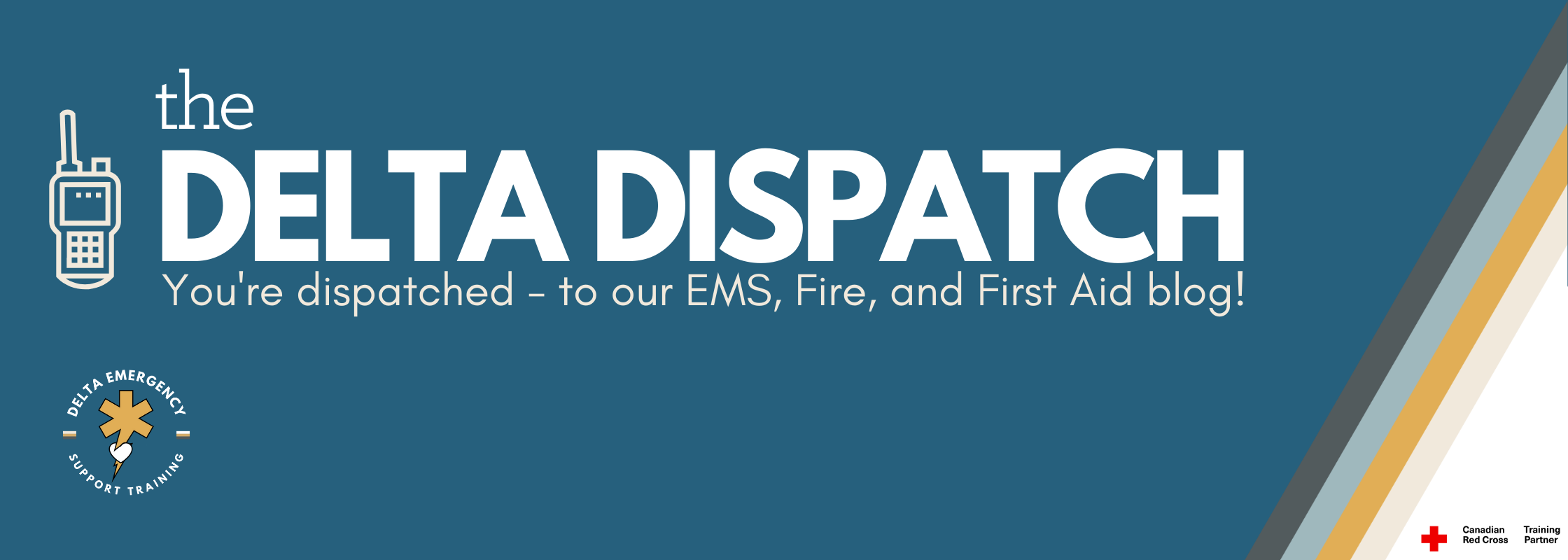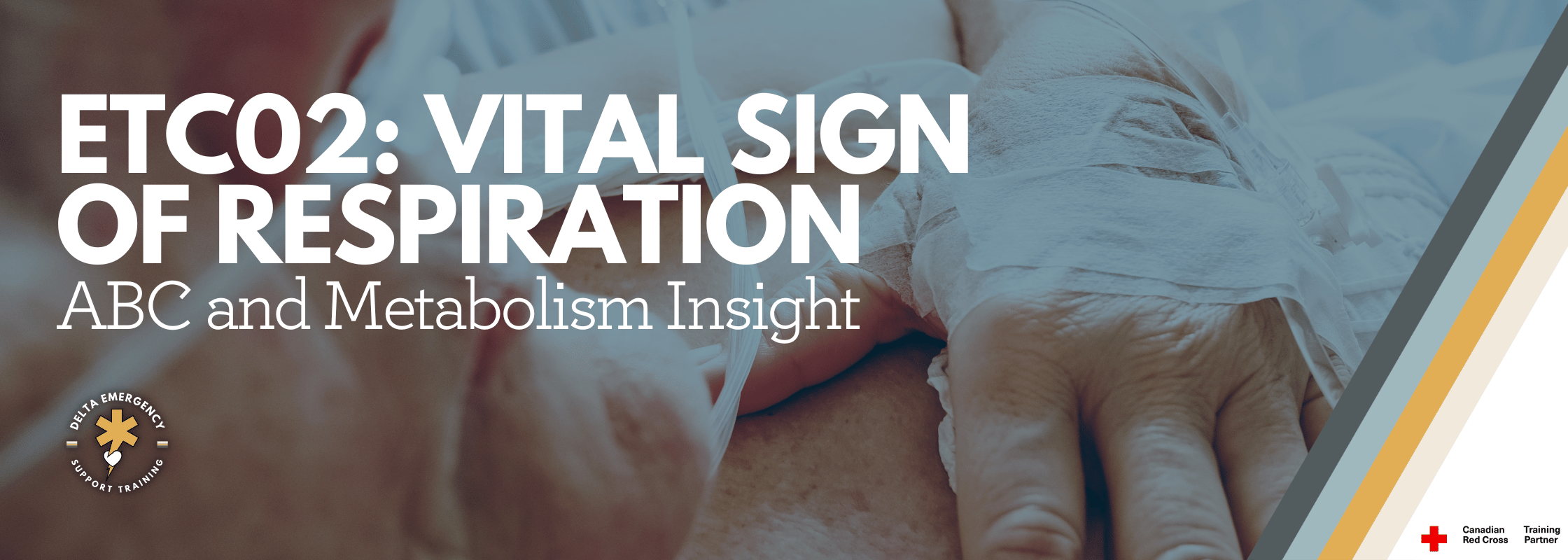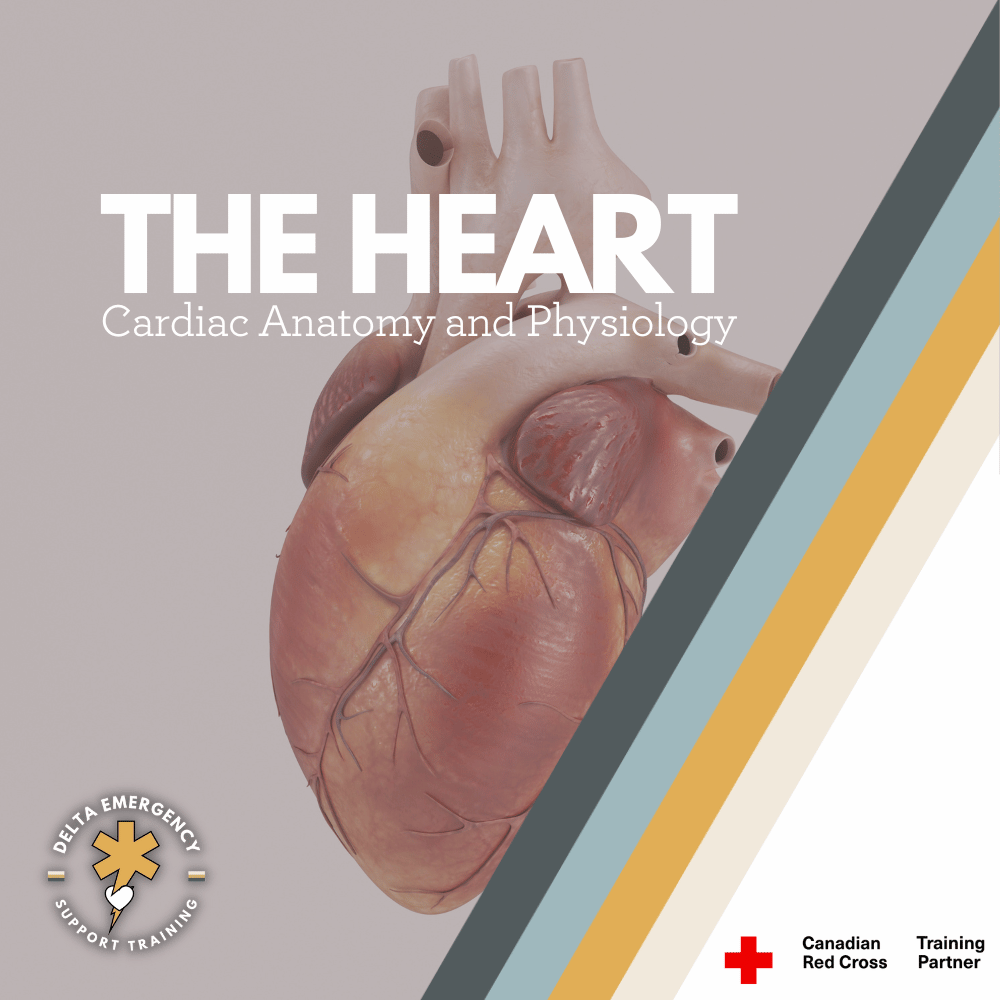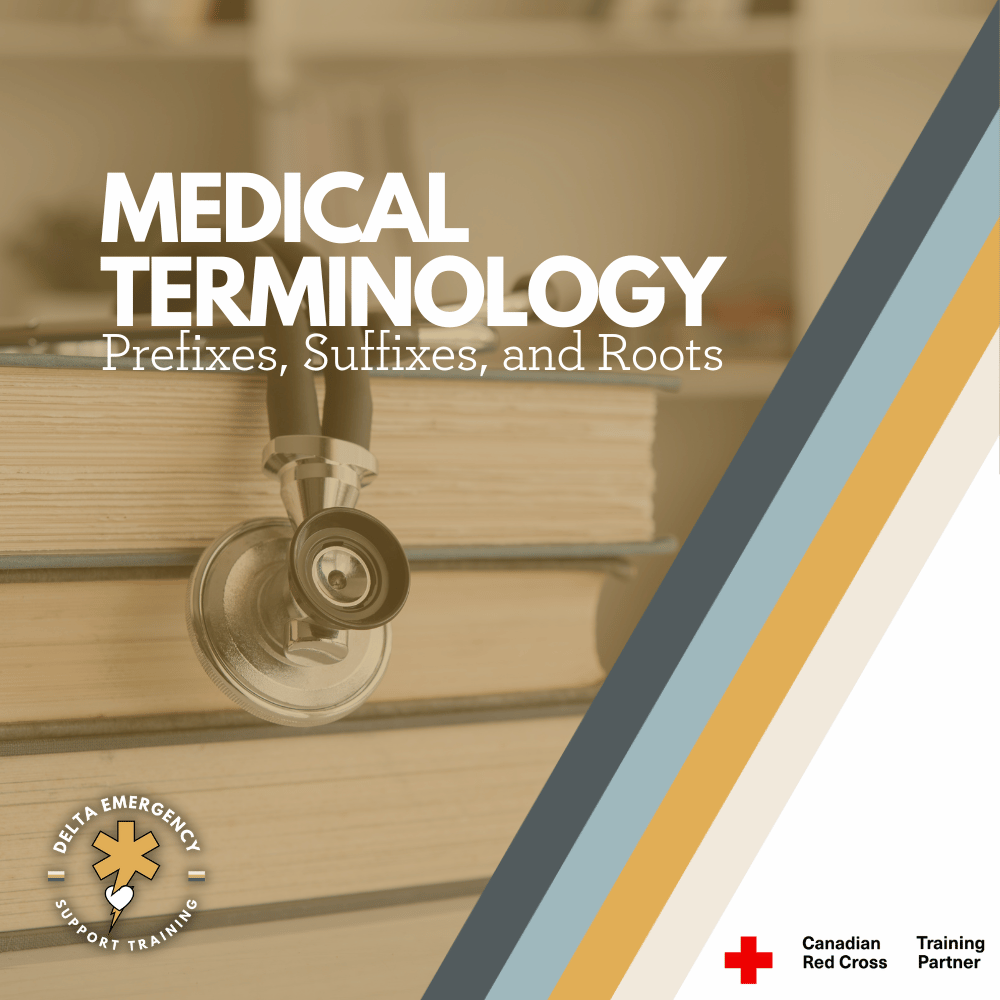ETCO₂: What It Is and Why It Matters for First Responders
/When you first hear the term ETCO₂, it might sound like complicated medical jargon. But in reality, it’s a simple concept that every professional responder should understand — and once you do, it can completely change the way you see your patients.
Let’s break it down step by step.
What Does ETCO₂ Mean?
ETCO₂ stands for End-Tidal Carbon Dioxide.
End-Tidal = the very end of an exhaled breath.
Carbon Dioxide (CO₂) = the waste gas your body produces when it uses oxygen for energy.
So, ETCO₂ is literally the measurement of how much CO₂ is in the air a patient breathes out at the very end of their breath.
This number tells us an incredible amount about what’s going on inside the body — with both the lungs and the heart.
How Do We Measure ETCO₂?
ETCO₂ is measured using a device called capnography.
In simple terms, it’s a little sensor attached to a mask, nasal cannula, or an airway device.
It continuously analyzes the breath coming out and gives two things:
A number (usually measured in mmHg, with normal being about 35–45 mmHg).
A waveform (a little graph showing how the CO₂ rises and falls with each breath).
Why Is ETCO₂ Important?
Here’s the key: ETCO₂ reflects how well a patient is ventilating (moving air), but it also gives clues about circulationand metabolism. That’s why responders call it the “vital sign of ventilation.”
Think of it as a window into three systems at once:
Airway & Breathing
Low or absent ETCO₂ can mean the patient isn’t breathing well, has an obstructed airway, or isn’t ventilated properly with a bag-valve mask.
Circulation (Blood Flow)
In cardiac arrest, ETCO₂ is a powerful indicator of CPR quality. Good chest compressions circulate blood, and ETCO₂ rises.
A sudden spike in ETCO₂ can even mean return of spontaneous circulation (ROSC) — the patient’s heart has started beating again.
Metabolism
Conditions like sepsis, diabetic emergencies, or shock can alter CO₂ levels. ETCO₂ helps responders piece together the bigger clinical picture.
Real-World Examples for Responders
Cardiac Arrest: ETCO₂ below 10 mmHg during CPR often means compressions aren’t effective. When it jumps above 35 suddenly, it may mean you’ve got ROSC.
Airway Management: If you intubate a patient and see a nice ETCO₂ waveform, you know the tube is in the trachea (not the stomach).
Respiratory Emergencies: In asthma or COPD, ETCO₂ waveforms can show “shark fin” patterns, helping you confirm and monitor the severity.
Sedation & Monitoring: If a patient is given pain medication, ETCO₂ helps detect if their breathing slows down before oxygen levels drop.
Why Should EMRs and Fire Applicants Care?
As an Emergency Medical Responder (EMR) or a firefighter applicant, understanding ETCO₂ gives you an edge. It shows you’re not just memorizing steps, but actually thinking about what’s happening inside the body.
It ties together your knowledge of the respiratory system and cardiovascular system.
It reinforces the importance of ventilation, circulation, and metabolic function.
And most importantly, it helps you make better decisions in high-pressure situations.
The Bottom Line
ETCO₂ might sound technical, but at its core it’s simple: it’s how we measure how well a patient is breathing and circulating. For responders, it’s one of the most valuable tools you can use to guide patient care, especially in emergencies where seconds matter.
At Delta Emergency Support Training, we break down concepts like ETCO₂ in plain language and then show you how to apply them in real-world scenarios. Our courses are taught by active paramedics and firefighters, so you’ll learn not just the “what,” but the “why” and “how” behind every skill.
